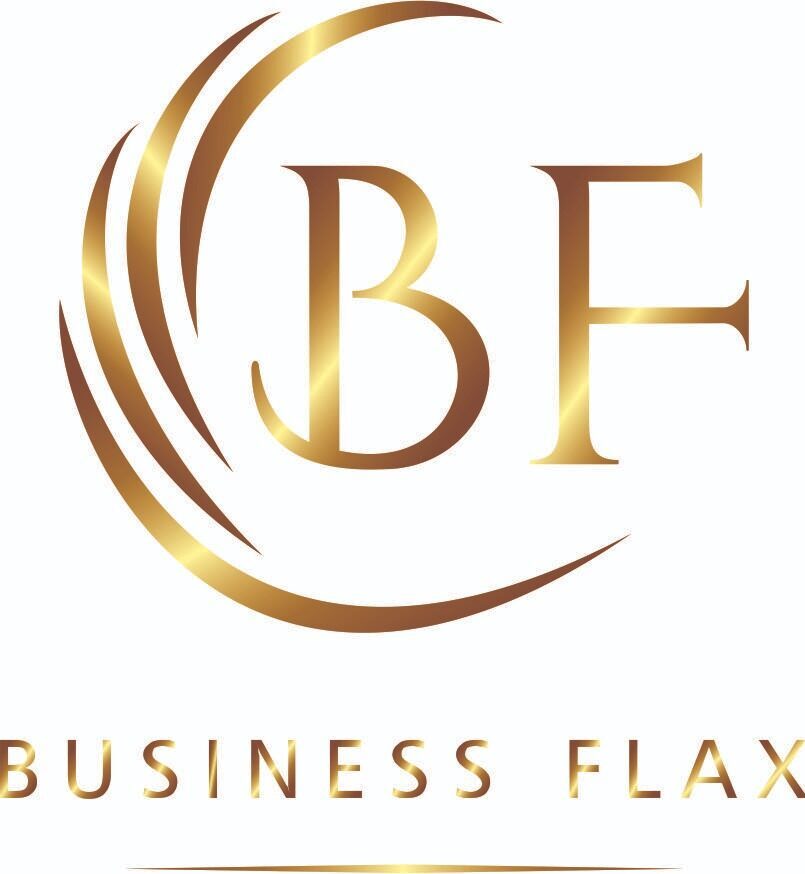Smart Strategies for Retirement Savings

Key Takeaways:
- Start contributing to your 401(k) plan as early as possible.
- Diversify your investments to reduce risk.
- Take advantage of employer-matching contributions.
- Understand the differences between Roth and Traditional 401(k) plans.
- Keep an eye on fees and regularly review your plan.
Understanding the Basics of 401(k) Plans
Employer-sponsored retirement savings plans, or 401(k) plans, let workers invest and save a portion of their earnings before taxes are withheld. These plans offer a structured retirement planning approach, providing various benefits that can help secure your financial future. Contributing to a 401(k) plan is advantageous because it allows for tax-deferred growth of your investments. This means your savings can accumulate more quickly than a regular taxable account.
In addition, many firms match employee contributions up to a predetermined percentage of your pay. This is free money that can substantially add to your retirement savings. Contributions to a 401(k) plan are often taken out of your paycheck automatically, making it simpler to stick to a regular savings schedule without manual payments.
Importance of Early Contributions
Because of compound interest, you can increase your retirement savings by contributing to your 401(k) as early as feasible. Compound interest creates exponential development by allowing the earnings from your investments to generate their own earnings. A Street research claims that people who start saving in their 20s have a far higher chance of retiring with a larger sum than those who start later.
Moreover, early contributions enable you to take advantage of higher-risk, higher-reward investment opportunities in your younger years. As you grow older, you can gradually shift to more conservative investments. The longer you wait to start contributing, the more aggressive your investment strategy will need to be to catch up, which might not be ideal as you approach retirement age.
Diversifying Your Investment Portfolio
Diversification is a critical component of a robust retirement plan. By distributing your investments over several asset classes, including stocks, bonds, and mutual funds, you can reduce the overall risk of your portfolio. A well-diversified portfolio can help you resist market volatility and improve your chances of making consistent, long-term profits.
Why Diversification Matters
By diversifying your portfolio, you can ensure that you are sufficiently exposed to the risks associated with a particular asset class. For example, gains in other investments, such as bonds or real estate, might balance possible losses if the stock market underperforms. Balancing your investments can lessen the impact of market downturns and maintain a more constant overall return.
Diversification also offers the flexibility to capitalize on different opportunities across various sectors and regions, further enhancing potential returns. It’s an essential strategy to achieve a well-rounded and resilient retirement plan.
Employer Matching and Vesting Schedules
Offering employer-matching contributions is one of a 401(k) plan’s many noteworthy benefits. Up to a predetermined proportion of your pay, employers may match your contributions, significantly increasing your retirement savings at no extra cost. To maximize these contributions, you must know your employer’s matching policy and vesting period.
The vesting schedule determines when you fully own the employer’s matching contributions. For example, if your employer offers a five-year vesting schedule, you must stay with the company for five years to be fully vested and own 100% of the matching contributions. Leaving the company before fully vesting might mean forfeiting some or all of these contributions. Knowing these facts, you may make more informed judgments about your retirement and employment planning strategy.
Roth vs. Traditional 401(k) Plans
Deciding between a Roth and Traditional 401(k) plan depends on your current financial situation and future tax expectations. Pre-tax income funds Traditional 401(k) contributions, lowering your current taxable income. But retirement withdrawals are subject to taxes. On the other hand, after-tax income is used to fund Roth 401(k) contributions, enabling tax-free withdrawals in retirement.
Choosing the Right Plan
Because distributions from a Roth 401(k) are tax-free, they may be more advantageous if you expect to be in a higher tax bracket when you retire. However, a Traditional 401(k) can provide greater immediate tax benefits if you anticipate being in a lower tax band. You can also divide your contributions between the two schemes, which offers a combination of current and future tax benefits.
This adaptability can help you adjust to evolving tax regulations and financial situations. Speak with a financial expert to ascertain your circumstances’ best course of action.
Managing Fees and Expenses
401(k) plans often incur numerous fees and expenses that significantly reduce overall returns. Management fees, administrative fees, and fund expense ratios are typical costs of these plans. It’s crucial to scrutinize these fees to minimize their impact on your retirement savings.
A study from Investopedia reveals that high fees can erode retirement savings by tens of thousands of dollars over several decades. Look for plans with low expense ratios and be vigilant about hidden fees that may take time to be apparent. Reducing these expenses can increase your retirement savings over time by yielding significant savings.
Regularly Reviewing and Adjusting Your Plan
Your retirement plan should be dynamic. Regularly reviewing and adjusting your investment portfolio are critical to ensuring it aligns with your evolving financial situation, market conditions, and retirement goals. This is particularly important as you approach retirement age, when a more conservative investment strategy may become necessary.
Periodic reviews allow you to reassess your contributions, investment choices, and overall strategy. For instance, market downturns or significant life events such as marriage, children’s education, or a new job might necessitate adjustments to your plan. This proactive strategy provides financial stability and peace of mind by assisting you in staying on course to reach your retirement goals.






